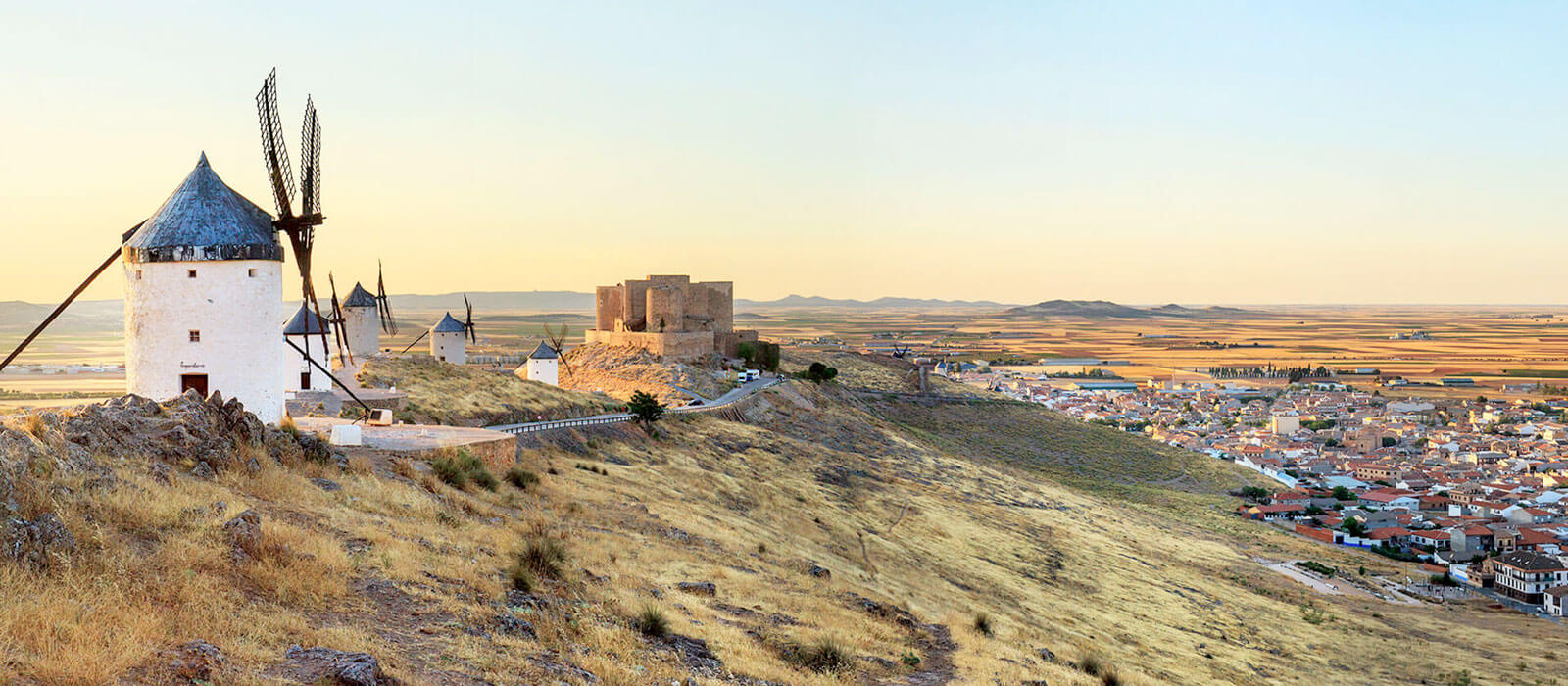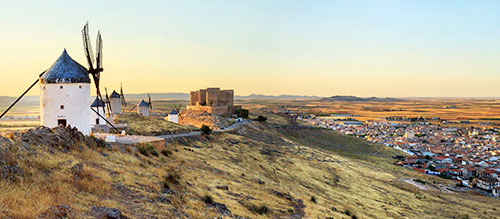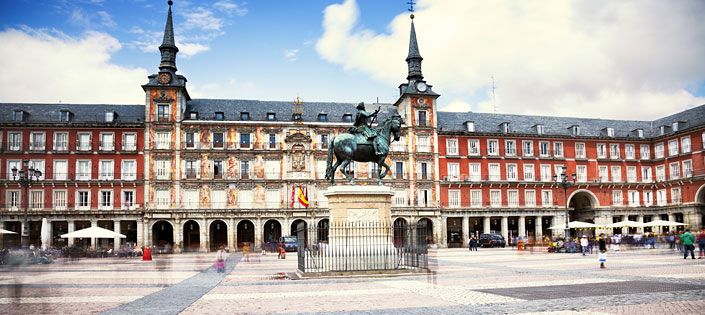History of Spanish language | Origin of Spanish language
Have you ever wondered what the origin of Spanish language is? don Quijote tells you the history of the Spanish language from its origins to the present day.

Have you ever wondered what the origin of Spanish language is? If you are a student and you are starting to learn Spanish in Spain, this question may have crossed your mind at some point. So, here at don Quijote, we are going to give you the keys you need to discover the history of the Spanish language.
A fascinating journey through the centuries that reflects linguistic, political and cultural influences, that is what the history of the Spanish language boils down to. All these factors have contributed to shaping Spanish as we know it today.
To be more precise, however, the origin of Spanish is to be found in Vulgar Latin, a spoken variant of Latin that spread with the domination of the Roman Empire in the Iberian Peninsula. However, the evolution of Spanish has not been linear, but rather a complex process of transformation and assimilation of various languages.
Origin of Spanish language
The origin of Spanish as a language dates to the 3rd century BC, when the Romans arrived in the Iberian Peninsula and imposed Latin as the official language. However, before Romanization, the peninsula was inhabited by various peoples with their own languages: the Iberians, the Celts, the Tartessians and the Vascones. These pre-Roman languages left traces in modern Spanish, especially in toponymy (the set of proper names of a country or region) and in some commonly used words, such as cerro (hill), which comes from Iberian, and camisa (T-shirt), of Celtic origin.
With the fall of the Roman Empire in the 5th century AD, the peninsula was invaded by the Visigoths, who spoke a Germanic language. Although their lexical influence was limited, they contributed terms such as guerra (war) and espía (spy). However, Vulgar Latin remained the predominant language and continued to evolve, giving rise to the Romance languages, including modern Spanish.
On the other hand, several co-official languages currently coexist on the Iberian Peninsula, euskera (Basque) being one of the most unusual cases. Euskera is the only pre-Roman language that has survived to the present day without having been replaced by a Romance language. Its origin is still uncertain, and unlike Spanish, it does not derive from Latin. Although its influence on Spanish has not been as extensive as that of Latin or Arabic, it has contributed some words and place names, such as izquierda (left), bacalao (cod) or aquelarre (coven).
Formation of medieval Spanish
Around the 9th century, Spanish began to take shape in the Kingdom of Castile as a distinct language. The Castilian dialect emerged in the north of the peninsula, in a mountainous region where contact with other Romance languages was frequent. Thus, with the territorial expansion of Castile during the Reconquista, Castilian prevailed over other dialects, such as Leonese or Aragonese, and began to consolidate itself as the dominant language.
One of the most important milestones in the history of Spanish was the work of Alfonso X el Sabio in the 13th century. Under his reign, Castilian became the official language of administration and culture, which allowed for its standardization. During this period, numerous scientific, philosophical and legal texts were translated into Castilian, enriching its vocabulary and establishing its grammar.
Another key figure in the consolidation of Spanish as a language was Antonio de Nebrija, who in 1492 published the Gramática de la lengua castellana (Grammar of the Castilian Language), the first grammar guide for a Romance language. This event marked the beginning of Spanish as a codified language with defined linguistic norms.
Influence of Arabic and phonetic evolution
During the period of Muslim rule (711-1492), Arabic had a significant influence on Spanish. It is estimated that around 4,000 words in modern Spanish come from Arabic, especially in fields such as agriculture, science and administration. Some examples of these words include alcohol, azúcar (sugar), ojalá (I hope) and almohada (pillow).
In addition to lexical enrichment, Spanish underwent significant phonetic changes in the Middle Ages. For example, the evolution of the Latin initial “f” into “h”, as in farina, which evolved into harina (flour). The palatalization of the “ll” and the loss of the final “e” in some words, for example, the word lupus became lobo (wolf).
These changes contributed to differentiating Spanish from other Romance languages such as French or Italian.
Spanish in the modern era
In the 15th and 16th centuries, with the expansion of the Spanish Empire, Spanish spread throughout the Americas, the Philippines and some regions of Africa. During this period, Spanish adopted numerous terms from indigenous American languages, including chocolate, canoa (canoe) and mate. This influence contributed to the lexical diversity of Spanish and the creation of regional varieties.
In the 18th century, the Real Academia Española or RAE (Royal Spanish Academy) was founded with the aim of standardizing the language. The publication of the Diccionario de Autoridades in 1726 and the establishment of spelling rules helped to unify Spanish and reduce dialectal differences.
Currently, Spanish is a language spoken by more than 500 million people worldwide and is the second most spoken language in terms of the number of native speakers. Its evolution is still ongoing, influenced by factors such as migration, technology and contact with other languages.
Therefore, Spanish is a Romance language since it originated in Rome, but it was also influenced by pre-Roman and Germanic languages. The history of the Spanish language is the result of centuries of linguistic and cultural changes.
If you are thinking of improving your Spanish and joining the more than 500 million people who speak the language, intensive Spanish courses can help you achieve your goal. The lexical richness and dialectal diversity of Spanish make it a living language in constant transformation that will allow you to communicate with thousands of people around the world. Don't hesitate any longer and start your adventure in the language!












